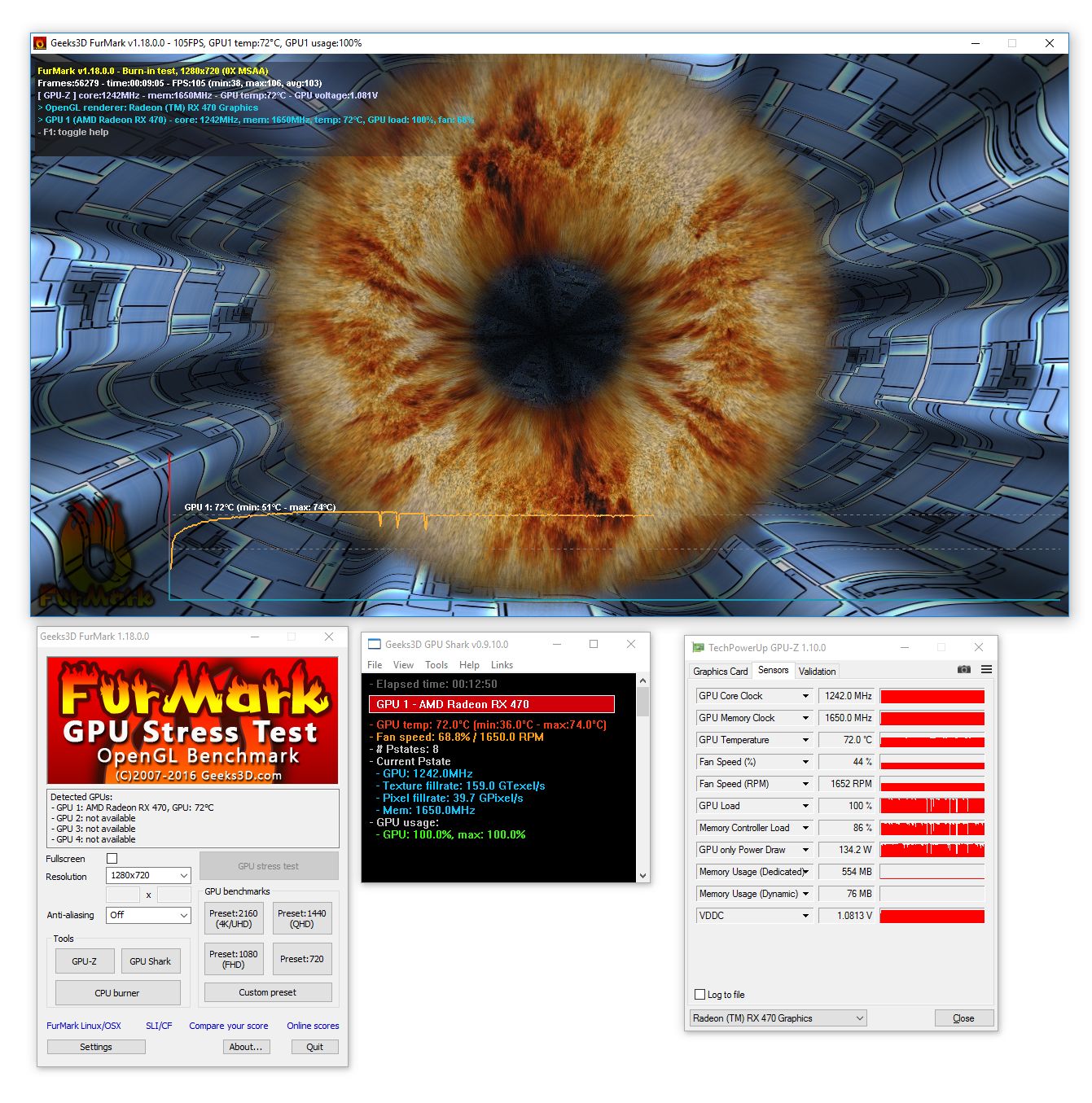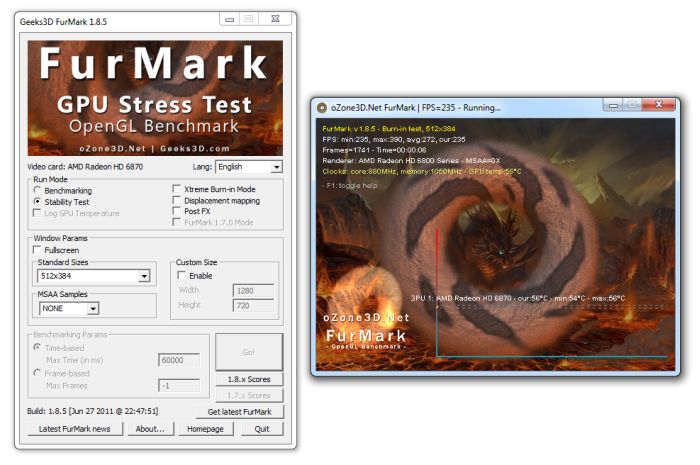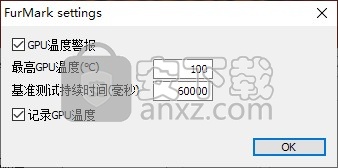

I am still concerned that with heavy overclocking, especially on water and LN2 the limiter might engage, and reduce clocks which results in reduced performance. From my own testing I can confirm that the limiter only engaged in Furmark and OCCT and not in other games I tested.

NVIDIA also explained that this is just a work in progress with more changes to come. At this time the limiter is only engaged when the driver detects Furmark / OCCT, it is not enabled during normal gaming. NVIDIA emphasizes this is to avoid damage to cards or motherboards from these stress testing applications and claims that in normal games and applications such an overload will not happen. As soon as the power draw exceeds a predefined limit, the card will automatically clock down and restore clocks as soon as the overcurrent situation has gone away. When either Furmark or OCCT are detected running by the driver, three sensors measure the inrush current and voltage on all 12 V lines (PCI-E slot, 6-pin, 8-pin) to calculate power. In order to stay within the 300 W power limit, NVIDIA has added a power draw limitation system to their card. GTX 580 – Voltage and current monitoring chips, labelled U14, U15 and U16 To shorten the story, NVIDIA uses a mix of hardware monitoring chips AND FurMark detection at the driver level to limit the power draw.

This card is powered by the GF110 GPU, which is a refresh of the GF100 GPU. NVIDIA has officially released the successor of the GTX 480: the GeForce GTX 580.


 0 kommentar(er)
0 kommentar(er)
